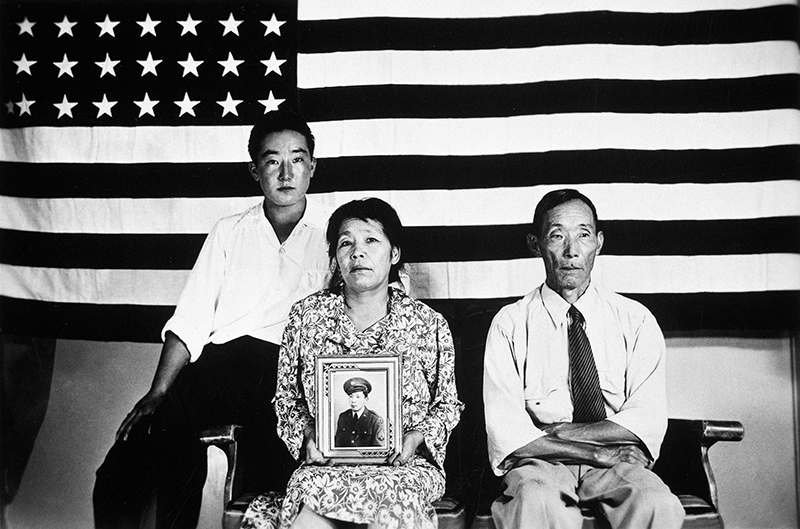 网页内容展示
网页内容展示

CONTEXT PARAGRAPHS
Japanese American Internment
In the uncertain weeks after the Japanese surprise at Pearl Harbor on December 7, 1941 many Americans—particularly those on the Pacific coast— feared enemy attack and saw danger in every corner.
These fears, combined with racial prejudice, led to a great injustice. Early in 1942, civilian and military leaders on the West Coast charged that members of the region’s large Japanese American community might be working with Japan’s military to plan acts of sabotage. Though no serious evidence of this existed, they pushed the Roosevelt administration for action.
On February 19, 1942, FDR issued Executive Order 9066, which led to the forced relocation of approximately 120,000 Japanese Americans living on the West Coast. More than two-thirds of these people were native born American citizens. They were confined in inland internment camps operated by the military.
Executive Order 9066
FDR’s Executive Order 9066 led to the imprisonment of 120,000 Japanese Americans. Abruptly forced to abandon or sell their homes and businesses, many lost everything they owned. Despite this injustice, thousands of young Japanese American men from the camps volunteered to serve in the nation’s military, where they distinguished themselves with extraordinary valor in combat. The 442nd Regimental Combat Team (RCT), comprised entirely of Japanese Americans, became the most decorated unit in U.S. military history for its size and length of service.
ER and Internment
Eleanor Roosevelt opposed internment and tried to stop FDR from issuing Executive Order 9066. Concerned about the potential hysteria against Japanese Americans, she visited Japanese American communities and praised their patriotism. But when she discussed the issue with FDR he was unmoved.
ER did not speak out publicly against her husband’s decision, opting instead to work quietly behind the scenes. But many in the Japanese American community knew of her sympathies. In April 1943 she visited the Gila River relocation camp in Arizona. She was impressed by the character and perseverance of the detainees. In a report to FDR she urged him to relax the order and allow detainees to return to their homes. ER’s report helped convince FDR to explore releasing some with work permits. By the end of 1943 one-third had been released from the camps. It would not be until January 1945, however, before the Executive order was rescinded and all the internees were released.
The Supreme Court upheld the President’s Executive order in two wartime cases. But in the 1980s, the United States Congress acknowledged this gross violation of the civil liberties of American citizens and voted to provide some financial compensation to individuals confined in the camps. The Supreme Court also vacated its earlier wartime rulings.
CENTRAL ISSUE
In times of national crisis individual civil liberties must be weighed against protecting the public at large.
Today, the decision to intern Japanese Americans is widely viewed by historians and legal scholars as a stain on Roosevelt’s wartime record.
Following the Japanese attack on Pearl Harbor, the FBI arrested over 1,200 Japanese aliens throughout the United States. Over the next several weeks, President Roosevelt received contradictory advice about further action.
FDR’s military advisers recommended the exclusion of persons of foreign descent, including American citizens, from sensitive areas of the country as a safeguard against espionage and sabotage. The Justice Department initially resisted any relocation order, questioning both its military necessity and its constitutionality.
But the shock of Pearl Harbor and subsequent news of Japanese atrocities in the Philippines intensified long standing racial tensions on America’s West Coast. In the face of political, military and public pressure, Roosevelt accepted the relocation proposal. His Attorney General acquiesced only after the War Department relieved the Justice Department of any responsibility for implementation.
On February 19, 1942, President Roosevelt signed Executive Order 9066 granting the War Department broad powers to create military exclusion areas. Although the order did not identify any particular group, in practice it was used almost exclusively to intern Americans of Japanese descent. By 1943, more than 120,000 Japanese Americans living along the West Coast had been forced from their homes and moved to camps in remote inland areas of the United States.



